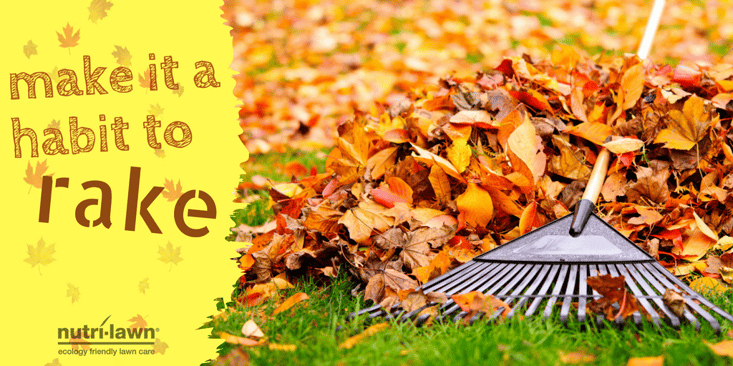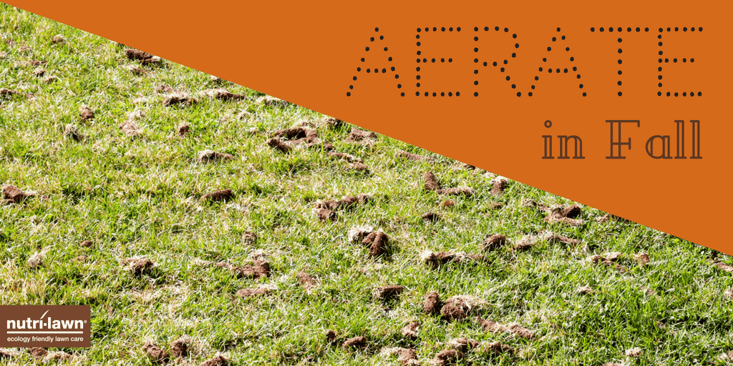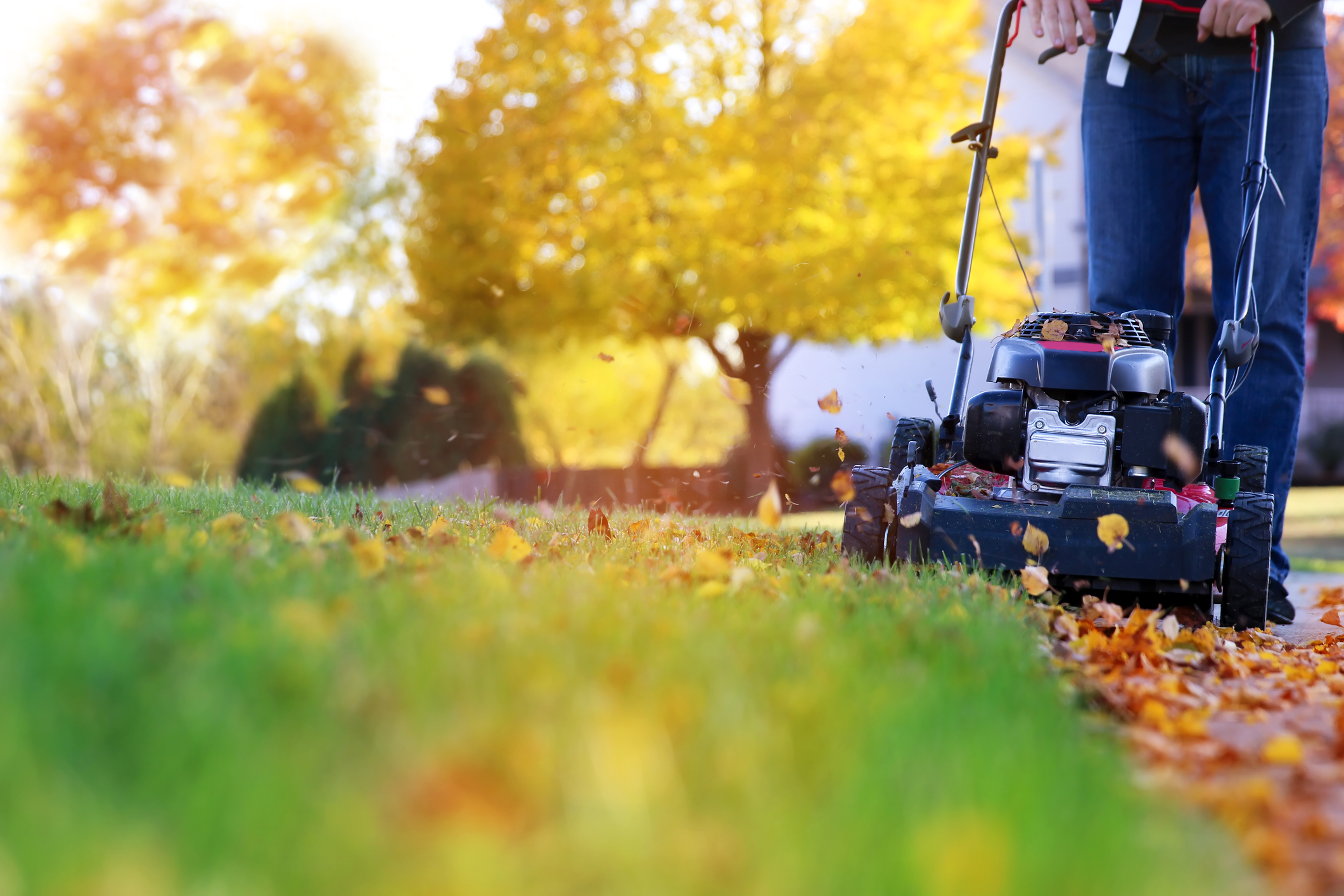
Fall is officially here, but doesn’t mean that the lawn care just stops. Right up until the first hard frost, fall is the optimal time to create the lawn you’ve always wanted for next spring! With cooler temperatures and decent rainfall, your lawn is busy taking in energy and moisture, as well as the plant essential nutrients it needs to thrive in the new year.
There are a few things that are very beneficial for your lawn in the fall, but if you time it incorrectly, it can become a waste of time and energy. Here are our best tips for fall lawn care.
OVERSEEDING
Many homeowners overseed in the fall and this is a smart idea.
Overseeding is recommended for home lawns at least once a year, and since the soil and air temperatures are still warm and rainfall is common, fall is the perfect time to do it.
Overseeding assists by filling in and thickening up thin, weak, or damaged areas in a lawn. It's a great way to introduce new grass species that require less water, less fertilizer, and resist insect & disease pressures.
/overseed-twitter.png?width=1024&name=overseed-twitter.png)
RAKE UP LEAVES
Many people love the colourful leaves in the fall. They’re fun to jump in and throw around. Once they’re wet though, fall leaves create a heavy, wet mat that smothers your grass. If that mat is left over the winter, chances are good that your grass won’t survive. Dry leaves are easier to rake anyway.
You could try composting the leaves, if you have space, instead of bagging them for street collection. Leaves, especially wet leaves, will decompose quickly. Turn the pile once a week and you should find some nutrient-rich soil at the bottom very soon!

KEEP MOWING
Grass will continue to grow until the first hard frost. Letting the lawn grow without mowing in fall leaves your grass vulnerable to fungus and snow mold in the spring. This won’t kill your lawn, but it does make spring clean-up messy and puts stress on the plants. Consistently mowing your lawn too short can cause shallow root growth because grass produces most of its food in top portion of the blade. This leaves grass plants susceptible to winter kill. The ideal height is 2.5 – 3 inches in height.
AERATION
It's recommended to aerate your lawn annually, and since the lawn is actively growing, Fall is the ideal time to do it. Core aeration is the process of manually removing small cores of soil from the lawn with an aerating machine. This is essential if you have compacted soil, which restricts your lawn's access to air, water, and nutrients.
Core Aeration relieves soil compaction, removes excess thatch, and encourages deep, healthy roots. An annual aeration also helps to reduce weed infestations, insect problems, and d

FERTILIZE
Your lawn could benefit from a boost of nutrients this fall to prepare for winter. Grass that’s fertilized in fall usually starts earlier and greens up faster in spring than lawns that aren’t fertilized in the fall. Timing is really important though. Fertilize too early and the grass puts those extra nutrients into new growth that’s killed off on the first hard frost. Fertilize too late and the plants don’t have a chance to absorb the nutrients before hard frost sends them into dormancy for the season.
Our lawn care experts can help you get to all those fall lawn care tasks you don’t have time for. Follow us on Facebook to keep up to date with new blogs and to get a new lawn care tip every Tuesday!






/overseed-twitter.png?width=1024&name=overseed-twitter.png)


